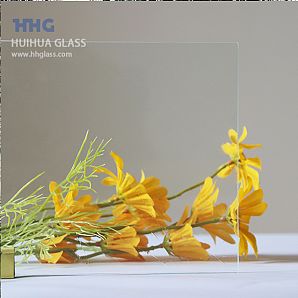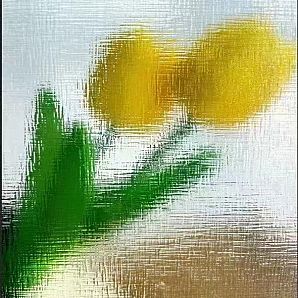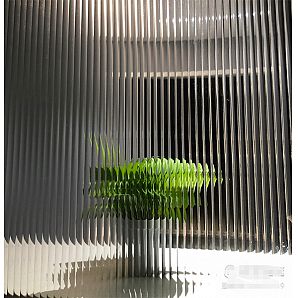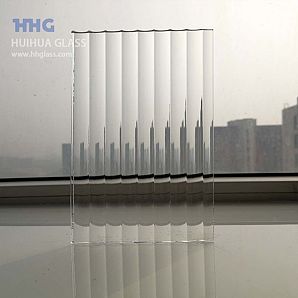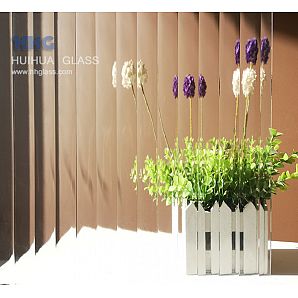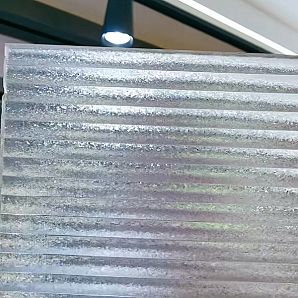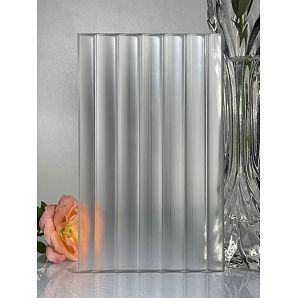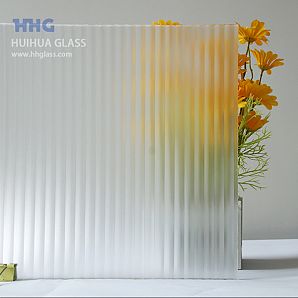The Best Glass Types for Warm Climates
Living in a warm or hot climate comes with its own set of advantages and challenges. On one hand, you enjoy more sunny days and are spared the inconveniences of snow. On the other hand, dealing with intense heat necessitates protecting your home and belongings. High-quality windows play a pivotal role in preventing excessive heat from infiltrating your home and inflating your energy bills.
Regrettably, if your home is more than a decade old, your existing windows might not be up to the task. Some windows are less effective at blocking heat and ultraviolet (UV) rays compared to others. So, where should you begin when searching for windows that optimize natural light, offer heat insulation, and have a long lifespan?
In this guide, we'll explore the frame and glass materials that are ideal for creating the best windows for warm weather.
Best Window Frame Materials
Let's initiate our exploration of the best windows for warm climates by examining the frame materials. Here are the most common window frame materials that you may encounter:
1. Wood Window Frames: Wood, being a natural resource, provides weather-resistant and eco-friendly insulation. Wooden window frames can be finished with various stains and paint colors, making them suitable for any home style. These frames are energy-efficient as they resist external heat. Over time, wood may expand and contract due to weathering and can be vulnerable to moisture, rot, weathering, and insect damage, depending on the wood type. While they demand ongoing maintenance like sanding, sealing, and painting, well-maintained wood frames can endure for years. Natural wood offers exceptional visual appeal, but if you prefer a frame that requires minimal attention, you might consider an alternative.
2. Aluminum Window Frames: Aluminum frames are an excellent choice if you prioritize durability and sturdiness. Similar to wood frames, aluminum frames can have a long lifespan. However, this recyclable material demands minimal maintenance; it is resistant to molding or rotting due to weather conditions. Aluminum frames allow ample natural light and present a sleek, modern look that complements contemporary home styles. Despite being known as heat conductors, newer aluminum window frame models feature a thermal barrier that separates the interior and exterior of the frame. This barrier restricts heat transfer and conduction, making these frames ideal for hot climates.
3. Vinyl Window Frames: Vinyl window frames use polyvinyl chloride (PVC), a material commonly employed for plumbing pipes. These frames are popular among homeowners because they are typically affordable and energy-efficient, with numerous design options. Vinyl frames are versatile and provide excellent insulation, making them a strong contender for homes in warm environments. Although not as robust as wood or aluminum frames, they are fade-resistant and require minimal maintenance. They also resist moisture, corrosion, and insects. You can obtain vinyl frames in various sizes and an array of colors.
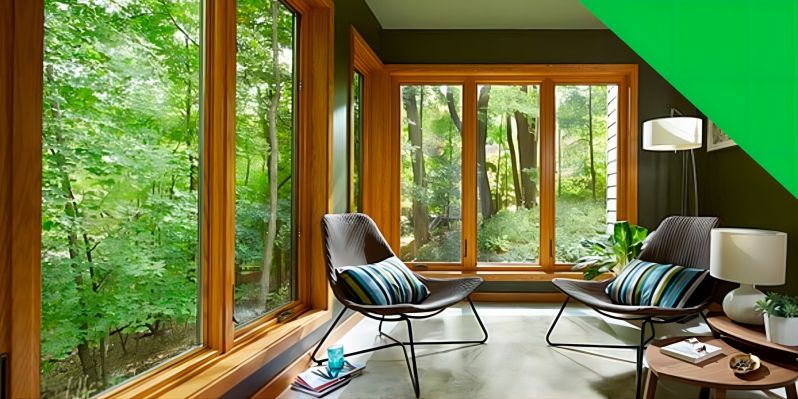
Best Glass Types for Warm Weather
Much like window frames, there are several types of glass to consider. To assist you in selecting the most suitable option for your home's requirements, we have highlighted two types that are ideal for creating the best windows in hot weather:
1. Low-E Glass: Low emissivity (Low-E) glass is engineered to block a significant portion of UV rays and infrared (IR) light from the sun. These harmful rays can cause skin damage and fade objects within your home, including furniture and clothing. Low-E glass is particularly well-suited for homes that receive abundant direct sunlight. It permits ample visible light to pass through while intercepting rays that introduce heat into your home. This type of glass incorporates a microscopically thin metal oxide film that reflects radiant energy, enhancing your home's energy efficiency and reducing the strain on your air conditioning system.
2. Multi-Pane Glass: Also referred to as double-pane or triple-pane windows, multi-pane glass offers enhanced insulation, leading to energy savings. These high-performance windows employ at least two panes of glass to create effective insulation and maintain comfortable temperatures indoors. Multi-pane glass employs gases like argon or krypton to insulate the space between the panes. Thanks to the multiple layers, these windows are notably thick and resistant to weather-related issues such as condensation, mold, and mildew.
Factors to Consider When Shopping for Windows in Warm Climates
If you're prepared to replace your windows with options that align with your style, climate, and durability preferences, consider the following factors when making your decision:
1. U-Value: The U-value measures a window's insulation capability. Also known as the U-factor, it gauges the speed at which a window transfers non-solar heat from a warm area to a cold one, such as from outside your house to the interior. The U-rating can range from 0.20 to 1.20. Lower U-values indicate better energy efficiency. However, the maximum U-value suitable for your climate may vary. For hot, humid climates, look for a U-value of 0.35 or lower, while hot and dry regions may benefit from a U-value of 0.30 or lower. Windows with lower U-values, such as double and triple-pane windows, provide superior heat resistance and contribute to reduced overall energy expenses.
2. Solar Heat Gain Coefficient (SHGC): The SHGC window rating denotes the amount of solar heat and radiation that the glass allows and absorbs. This rating ranges from zero to one, with lower numbers indicating less solar heat transfer and higher numbers suggesting more heat transfer through the window. Windows with a low SHGC rating can substantially reduce cooling costs during peak temperatures, making them especially efficient for residents in hot climates. However, it's important to note that windows with higher SHGC ratings will also have higher U-value ratings, which means more heat and less insulation. The appropriate SHGC rating depends on your climate and how frequently you run your air conditioning.
3. Visible Transmittance (VT): If you appreciate natural light streaming into your home, consider visible transmittance (VT). VT quantifies how much natural light filters through a window on a scale from zero to one. A score of zero indicates an opaque window, while a score of one signifies maximum natural light penetration. For example, a VT score of 0.5 means that 50% of available natural light enters your home through the windows, while a score of 0.98 implies that 98% of the light passes through. In hotter climates, aim for a low U-value, a low SHGC, and a high VT to enjoy ample natural light without the associated heat and harmful rays.
Get Replacement Windows Tailored for Warm Weather Today
Aged, damaged, or subpar windows can significantly impact your home's energy efficiency and lead to increased cooling expenses. Windows with drafts and leaks can also result in discomfort indoors. Fortunately, Renewal by HHGLASS offers a range of replacement window options that meet your needs and complement your design preferences.
HHG is a professional glass manufacturer and glass solution provider include range of tempered glass, laminated glass, textured glass and etched glass. With more 20 years development, there are two produce lines of pattern glass ,two lines of float glass and one line of restoration glass. our products 80% ship to overseas, All our glass products are strict quality control and carefully packed in strong wooden case, ensure you receive the finest quality glass safety in time.
More Detail: www.hhglass.com

